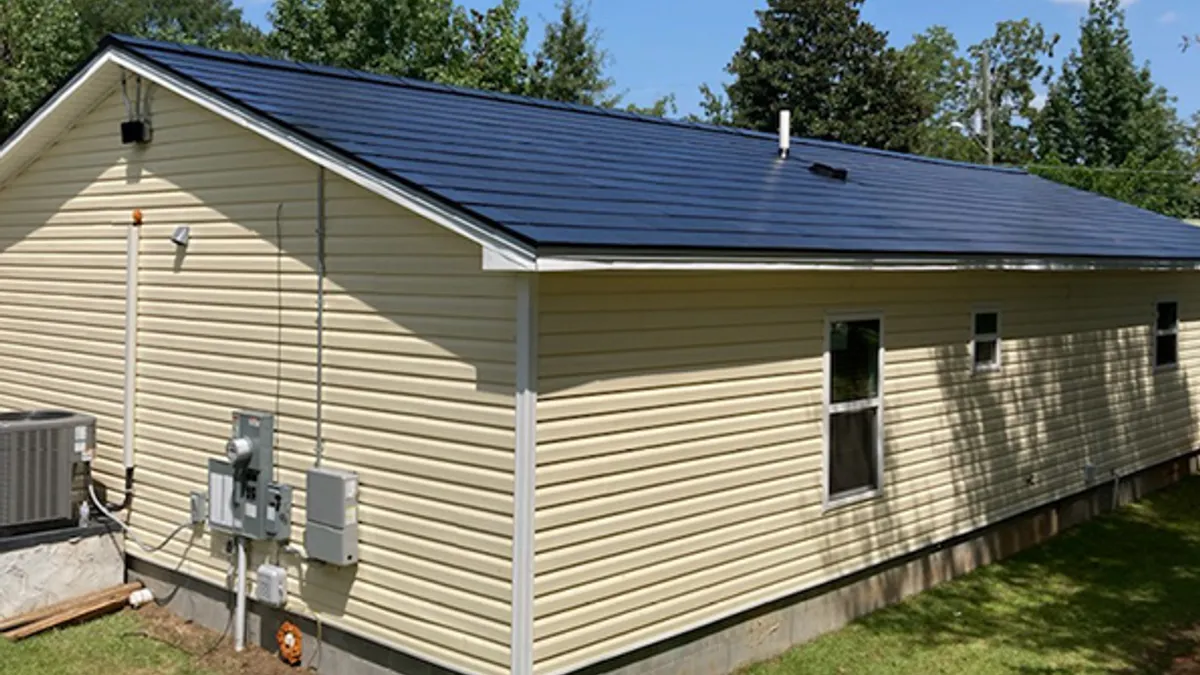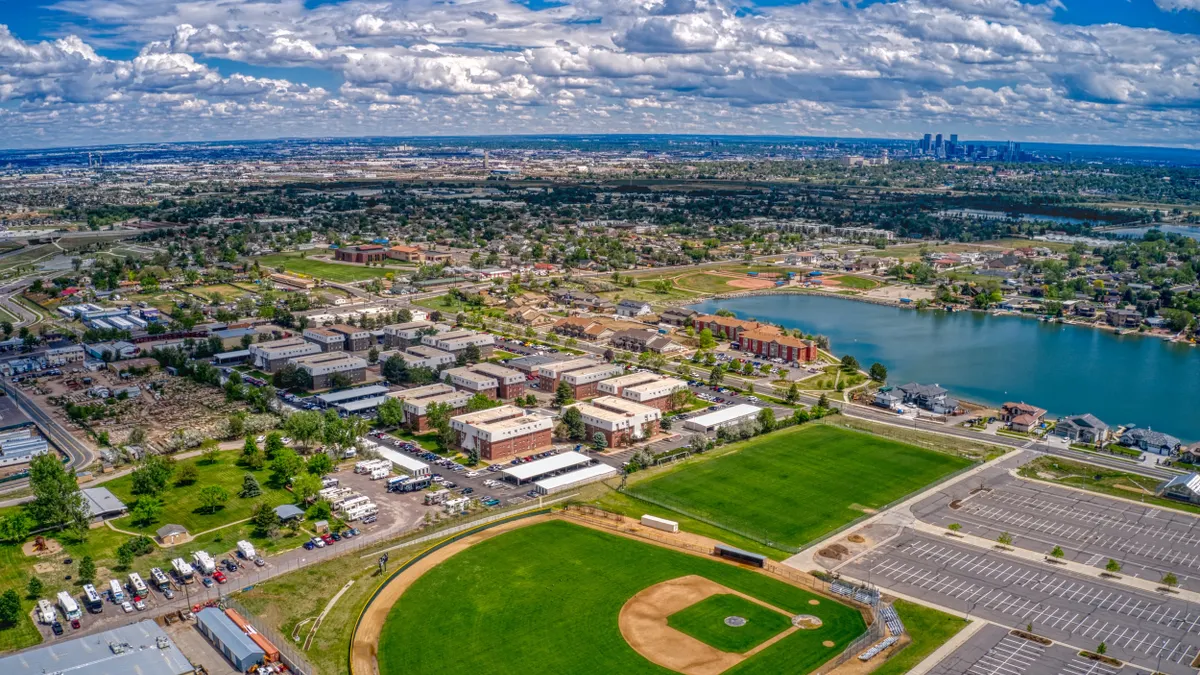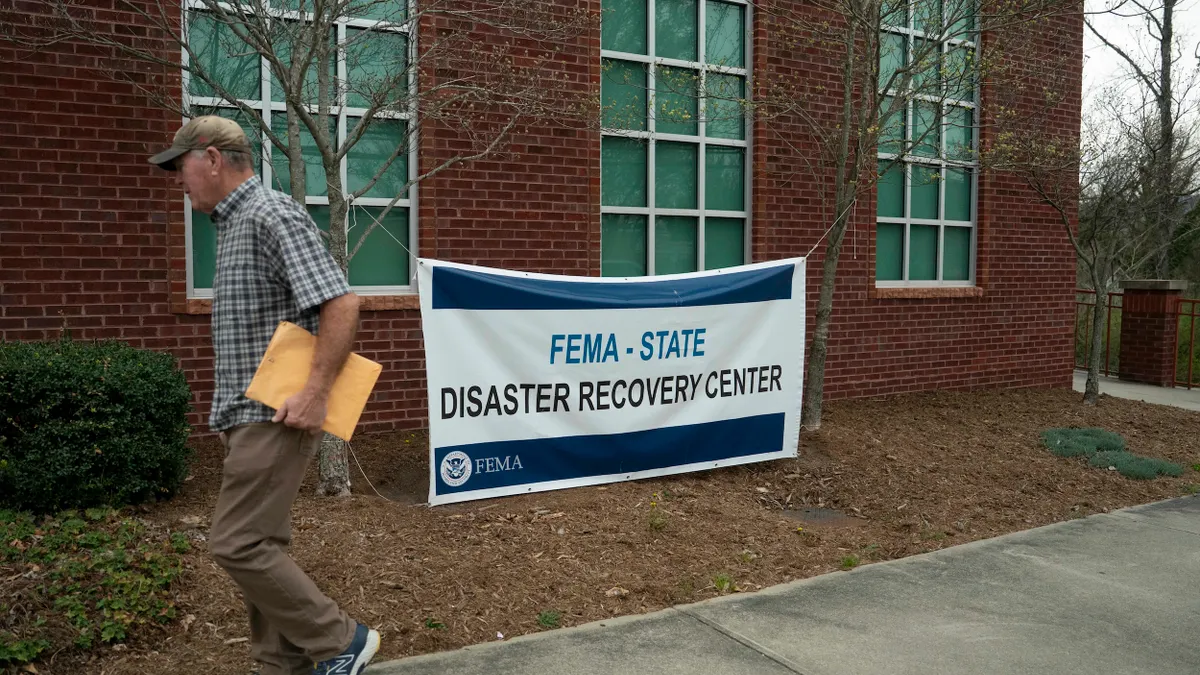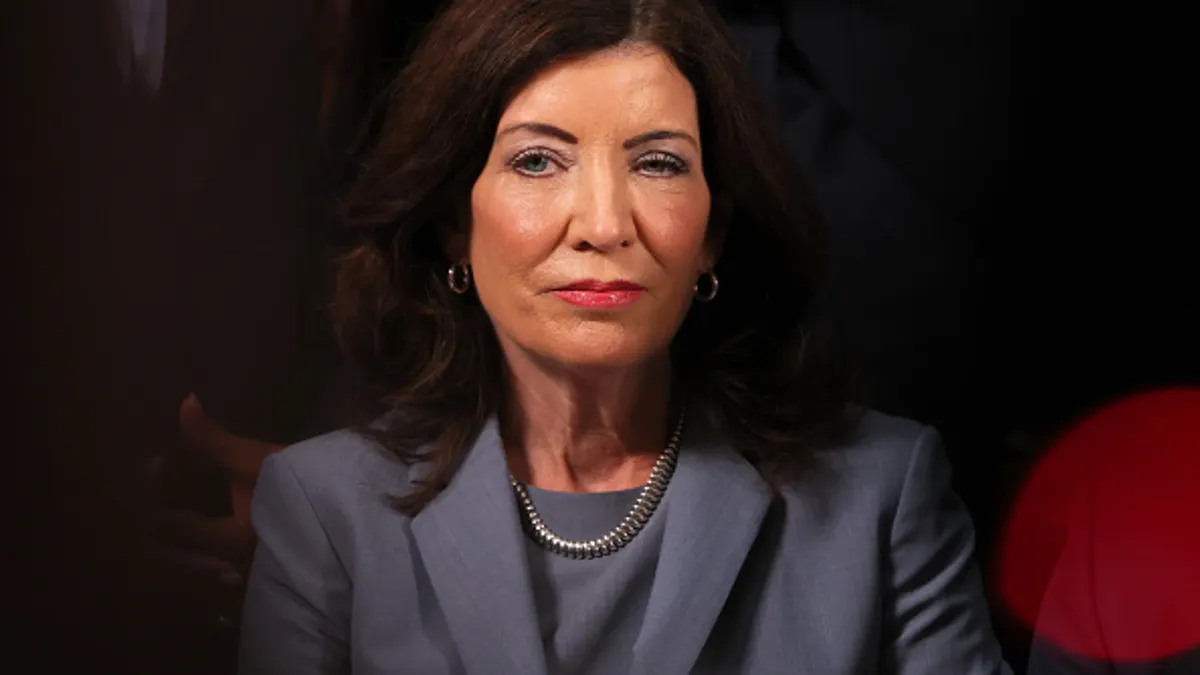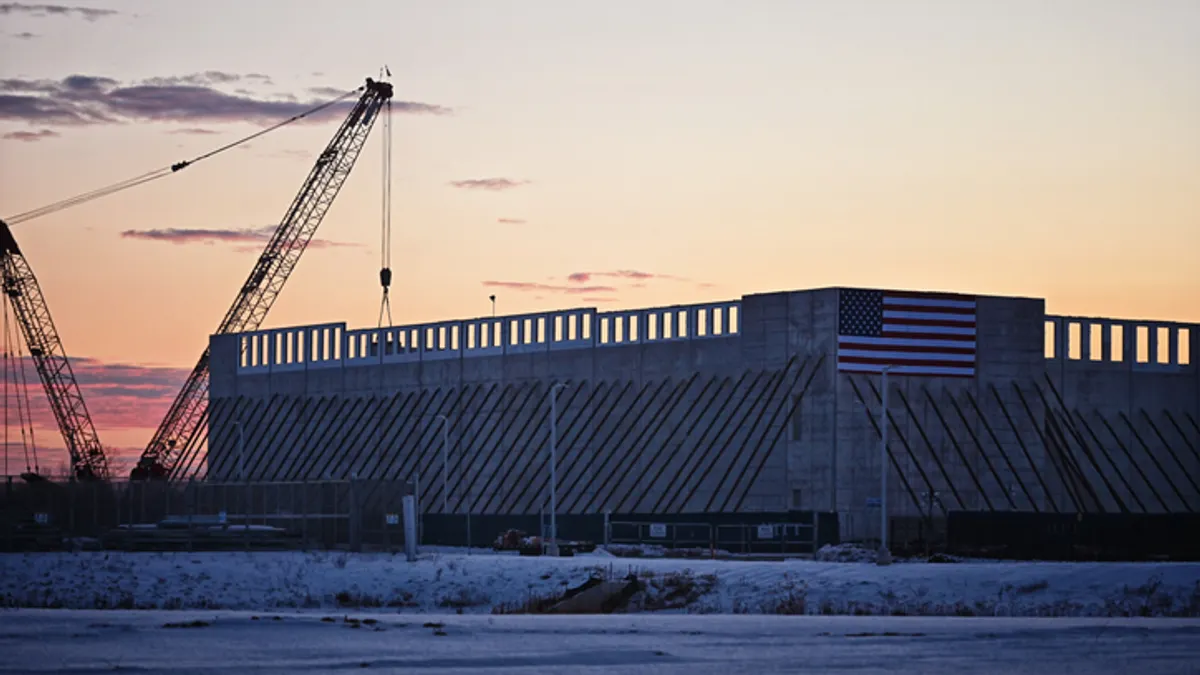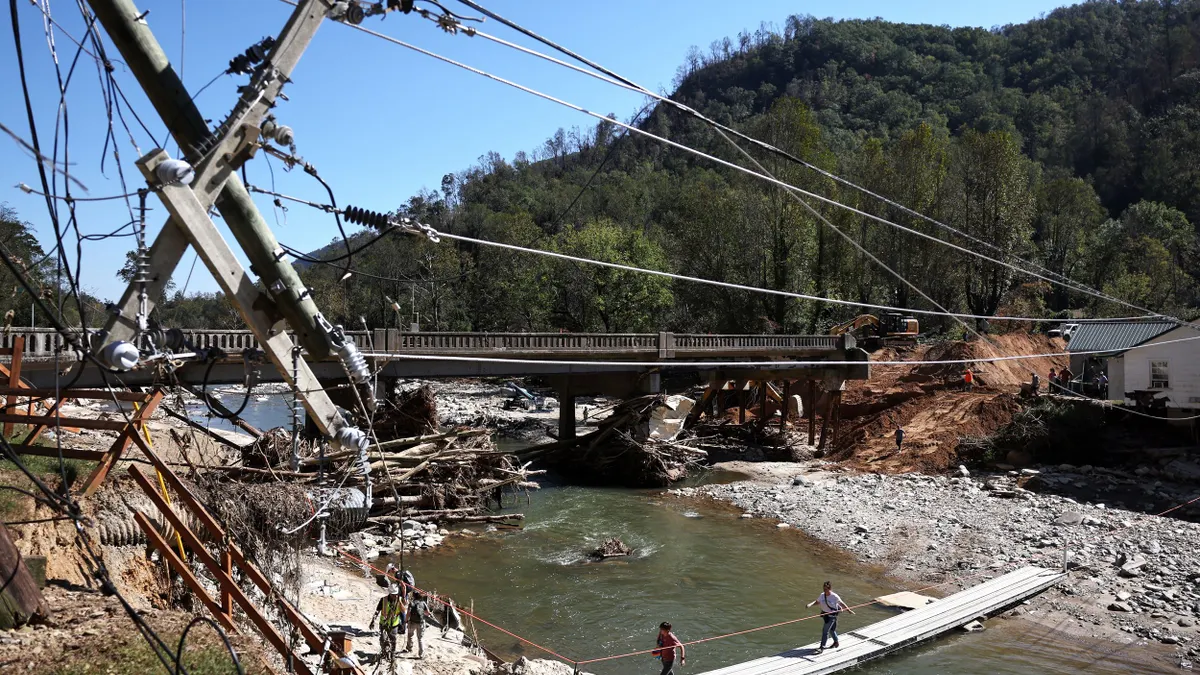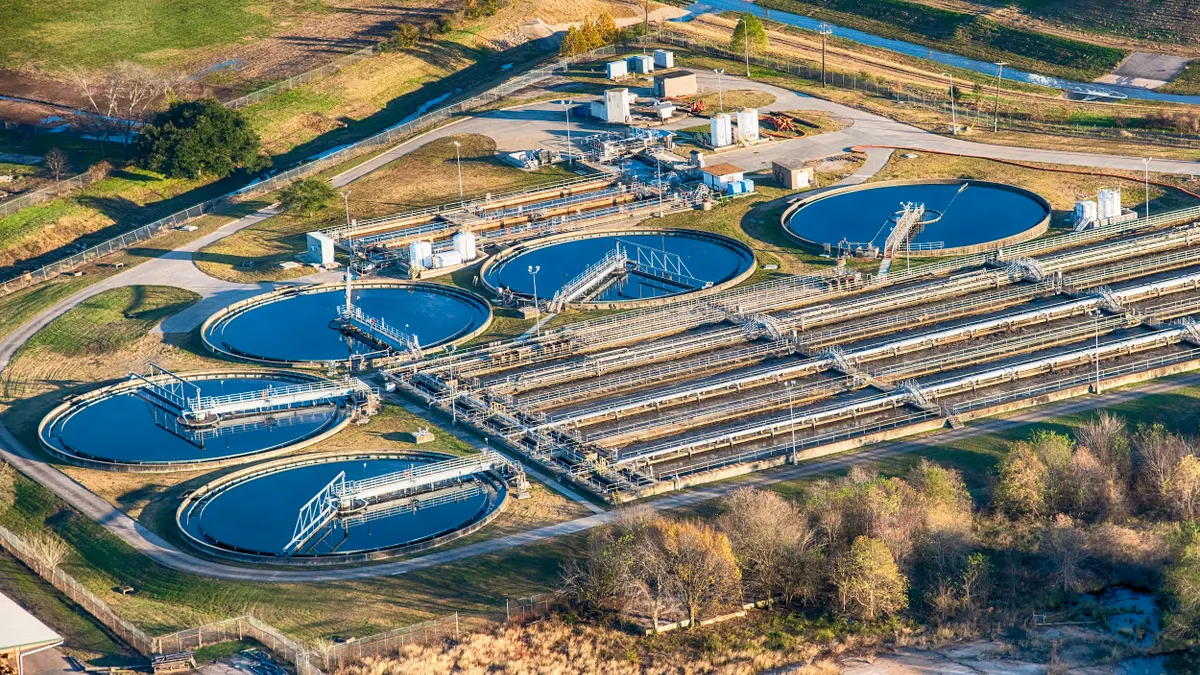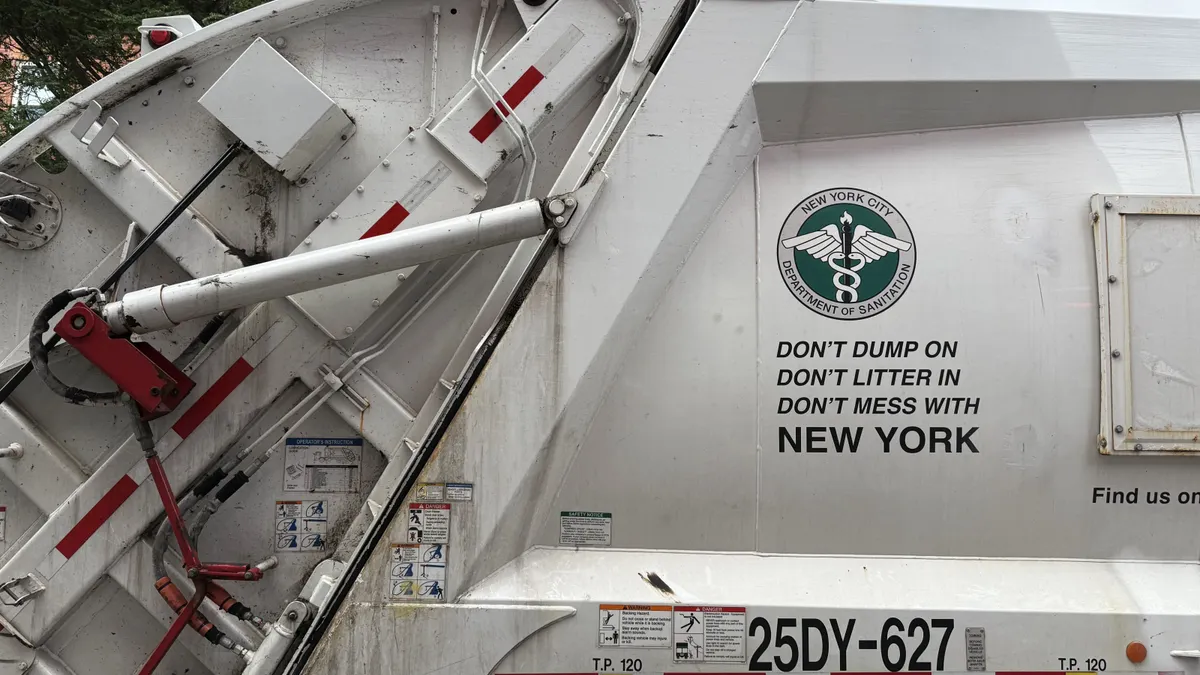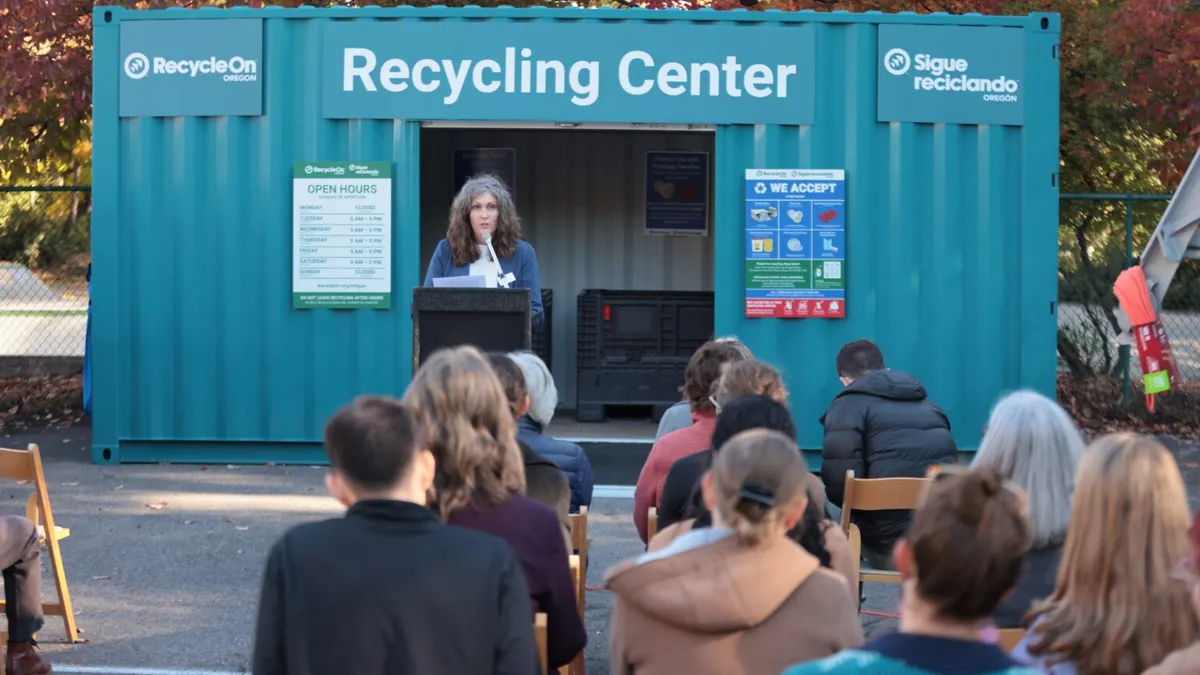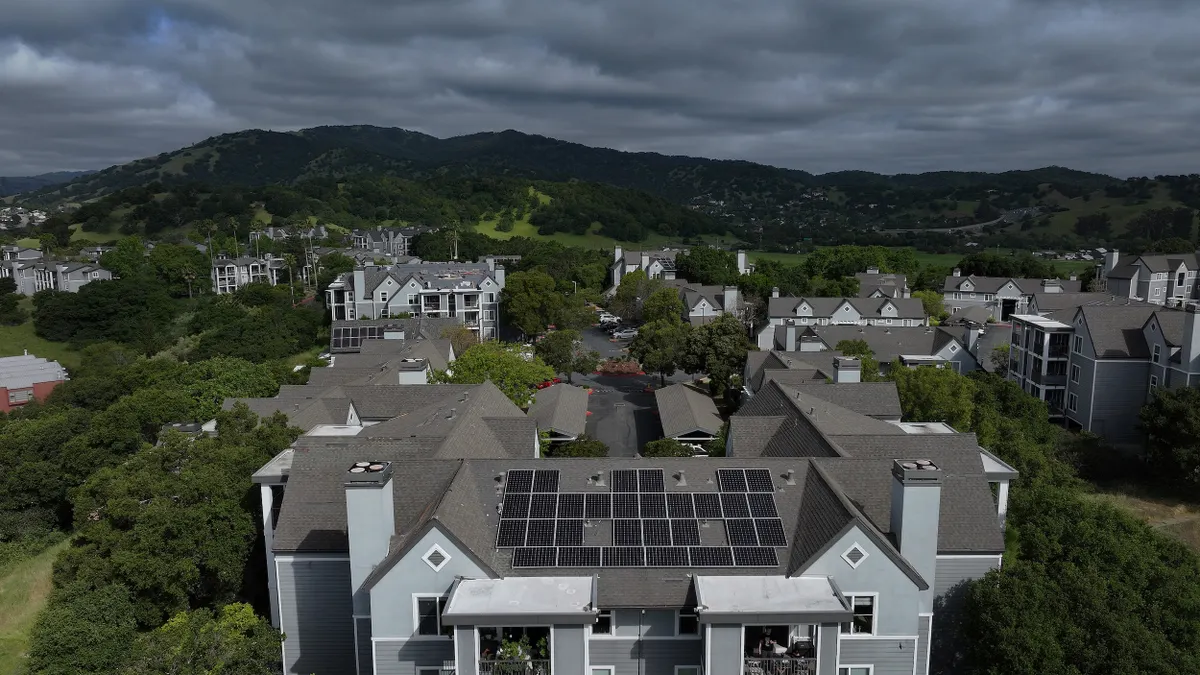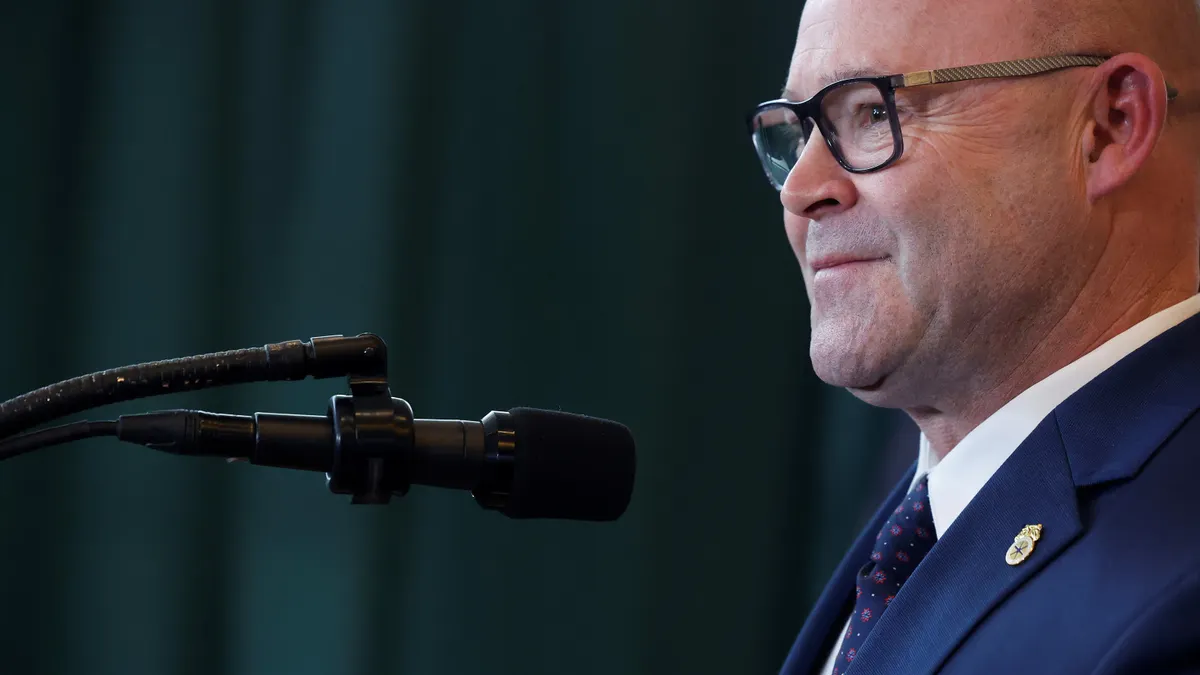A planned Austin, Texas, neighborhood is touting itself as "the nation’s most sustainable residential community," with homes outfitted with solar panels and battery storage from Tesla.
The SunHouse at Easton Park development is the result of a partnership between Tesla, Brookfield Asset Management and real estate developer Dacra. Installations at the homes began in June with sample homes that will help guide the rest of the planned development. Homes will also have electric vehicle chargers and other smart features and the community will be outfitted with coordinated transportation and technology solutions, according to a Brookfield press release.
The project also offers Tesla a unique large-scale test bed for its energy products, which have had trouble breaking through in the market because of installation challenges and high prices. Although Tesla CEO Elon Musk has pledged to make his company a market leader in solar with ambitions to build "virtual power plants" that connect homes powered by Tesla solar roofs, he admitted this spring to "significant mistakes" with the company’s solar arm.
In a July 9 statement, Musk said "the feedback we get from the solar and battery products used in this community will impact how we develop and launch new products." Tesla, which disbanded its public relations department in 2020, did not respond to requests for more information about what it hopes to learn from the project.
One of the errors Musk had cited was not recognizing the complexity of some existing roofs and the difficulty engineers would face in retrofitting them with Tesla solar tiles. Building the SunHouse homes from the ground up, however, can sidestep that issue and show the full potential of the solar and storage package, said Adam Walters, former legal counsel for Tesla.
"Tesla is always looking to showcase its solar and storage technology and this is a great opportunity to do that, particularly as Tesla does not rely on consumer advertising to sell its products," said Walters, now an energy attorney with law firm Stoel Rives, in an email. "Tesla’s Powerwall 2 residential battery is already one of the most popular consumer choices for home battery systems worldwide, but this also gives Tesla’s struggling SolarRoof product line an opportunity to shake off some of that recent bad publicity due to its high cost and recent price increases."
'More people want independence'
The project will hold particular appeal in Texas, where a devastating winter storm in February led to the loss of almost half of ERCOT's generation and left millions without power for days. The grid operator has said it expects record demand this summer.
In part because of concerns about grid reliability, the state has seen a surge of storage installations. An S&P Global Market Intelligence analysis, released in June, found the state could have up to 1,400 MW of storage online by September, eight times more than the previous year. Experts have said the grid failures could also fuel interest in microgrids that can be separated from ERCOT and keep the power on for businesses and residents.
"More people want sustainable energy and more people want independence," said Peter Asmus, research director for Guidehouse Insights’ microgrids team. "I would imagine more projects like this would come."
Asmus explained that the Austin project is not a microgrid yet, although by some definitions each individual house could be considered a "nanogrid." To become a microgrid, the homes would have to be linked together and be able to be separated from the grid entirely.
Still, he said, the addition of storage to the SunHouse homes offers some energy security, storing up power for times when the sun doesn’t shine or there are grid outages. According to a Brookfield press release, SunHouse homes could also send power back to the grid. Asmus said there is the potential for the Easton Park project to develop into a microgrid at a later date.
The 2013 R Street Midtown pilot from Sacramento Municipal Utility District (SMUD), for example, showed how blocks could become microgrids. In the project, 34 single-family homes were outfitted with a 2.25 kW solar array, a storage product, smart plug load controllers and smart thermostats. The neighborhood met its demand response targets and dispatched some energy from storage to the grid. Homeowners with solar and storage also saw lower energy bills, according to a report analyzing the project.
Alabama Power also has a "smart neighborhood" microgrid pilot outside of Birmingham designed and deployed by PowerSecure. Emera Technologies has also launched the BlockEnergy smart platform for utilities to adopt community microgrids.
A heavy concentration of solar panels in a neighborhood or community tends to lead to more homeowners showing interest in solar power, said Ben Delman, communications director for the nonprofit Solar United Neighbors. The group helps organize neighborhoods to purchase solar power in a co-op model. Increasingly, Delman said, those customers are looking to supplement their generation.
"The questions we get the most now are about battery storage and EV charging, all the tech that’s complementary to solar," Delman said. "Tesla offering the Powerwall as part of this development tracks with everything we’ve been seeing."
Tesla's neighborhood ambitions
Easton Park isn’t Tesla’s first attempt to work on a neighborhood from the ground up. Tesla announced in November 2020 it would partner with Southern Company subsidiary Mississippi Power to build a smart neighborhood featuring homes with solar roofs. The Lauderdale County project is set to eventually have 150 homes with storage batteries, smart home automation and energy-efficient appliances.
However, Mississippi Power spokesman Jeff Shepard said in an email that construction has been delayed "due to current challenges with building materials as a result of the pandemic, especially lumber." There is no updated timeline for when construction could begin.
Tesla has also linked solar-powered homes in Southwest Australia in a virtual power plant. The 50,000-home, 250 MW project has been credited with helping to maintain grid stability, including during a 2019 incident when a coal-fired power plant temporarily went offline.
Earlier this year, Tesla announced that it would package the Powerwall with solar roof sales as part of a push to increase its share of the U.S. residential storage market. The company also recently launched a sales page for its Megapack utility-scale storage product, which had previously been sold business-to-business. The company is inviting Powerwall owners in California to participate in a distributed battery system that would also create a virtual power plant.
Walters said the SunHouse project will be a good opportunity for Tesla to learn how its products impact the overall load of a neighborhood and how it could build its energy products at a larger scale. With the relatively high cost of the Solar Roof, he said, direct partnerships with developers and utilities could help address consumer concerns while giving the company a greater market share.
"Partnering with residential developers to put Solar Roof on new high-end housing developments makes a lot of sense because then it becomes an attractive feature of a new home without drawing attention to its high cost," he said.


